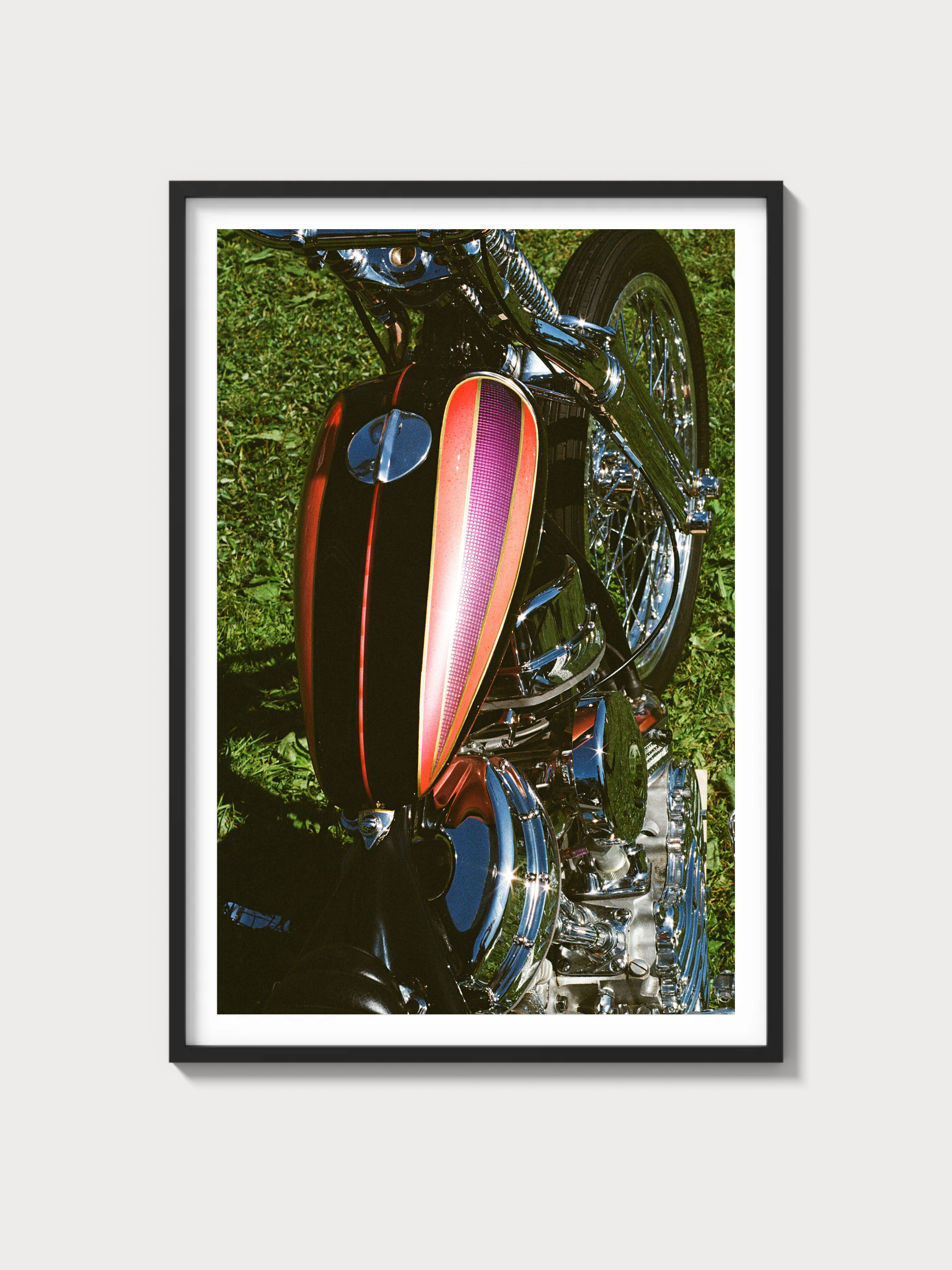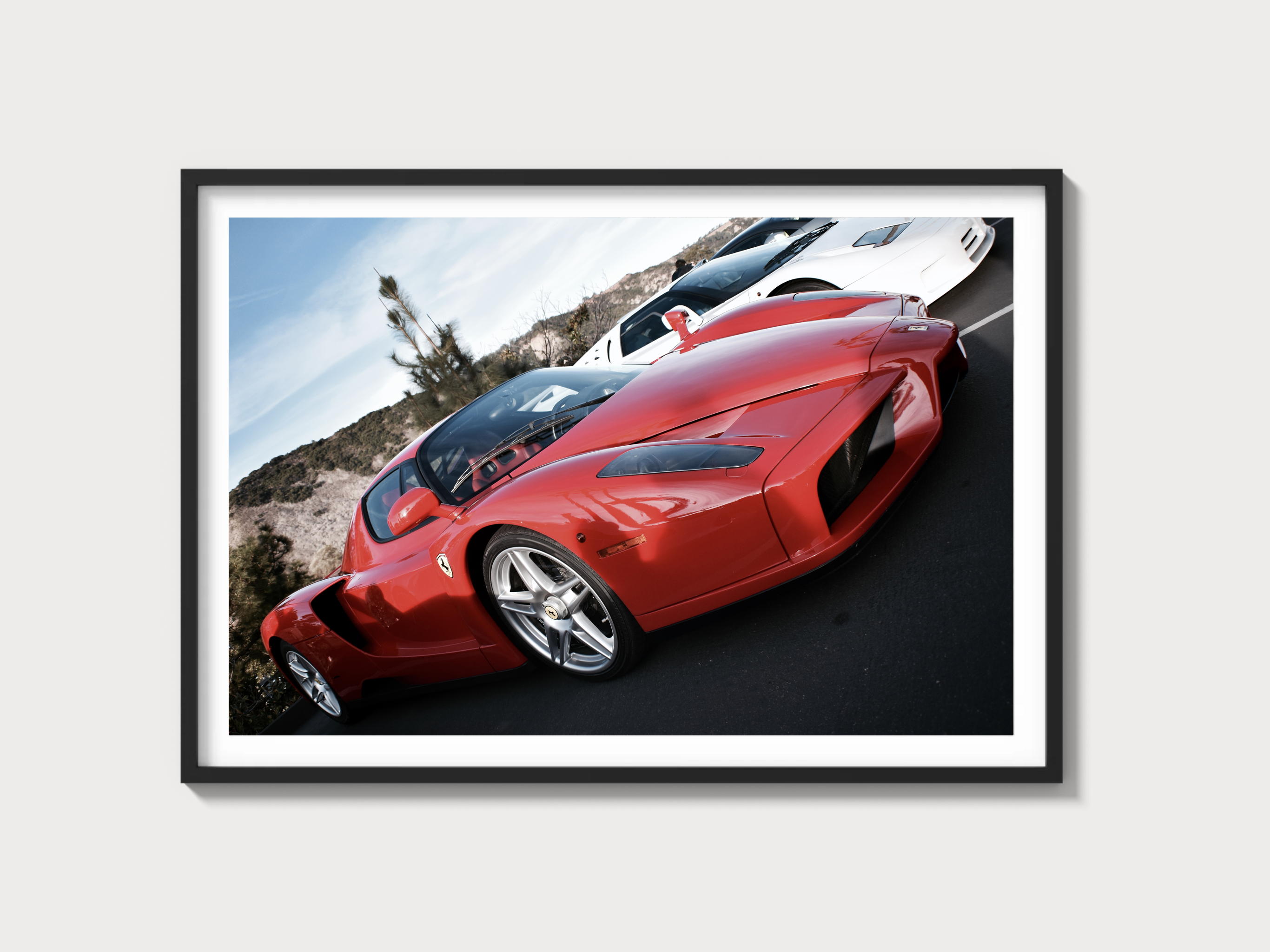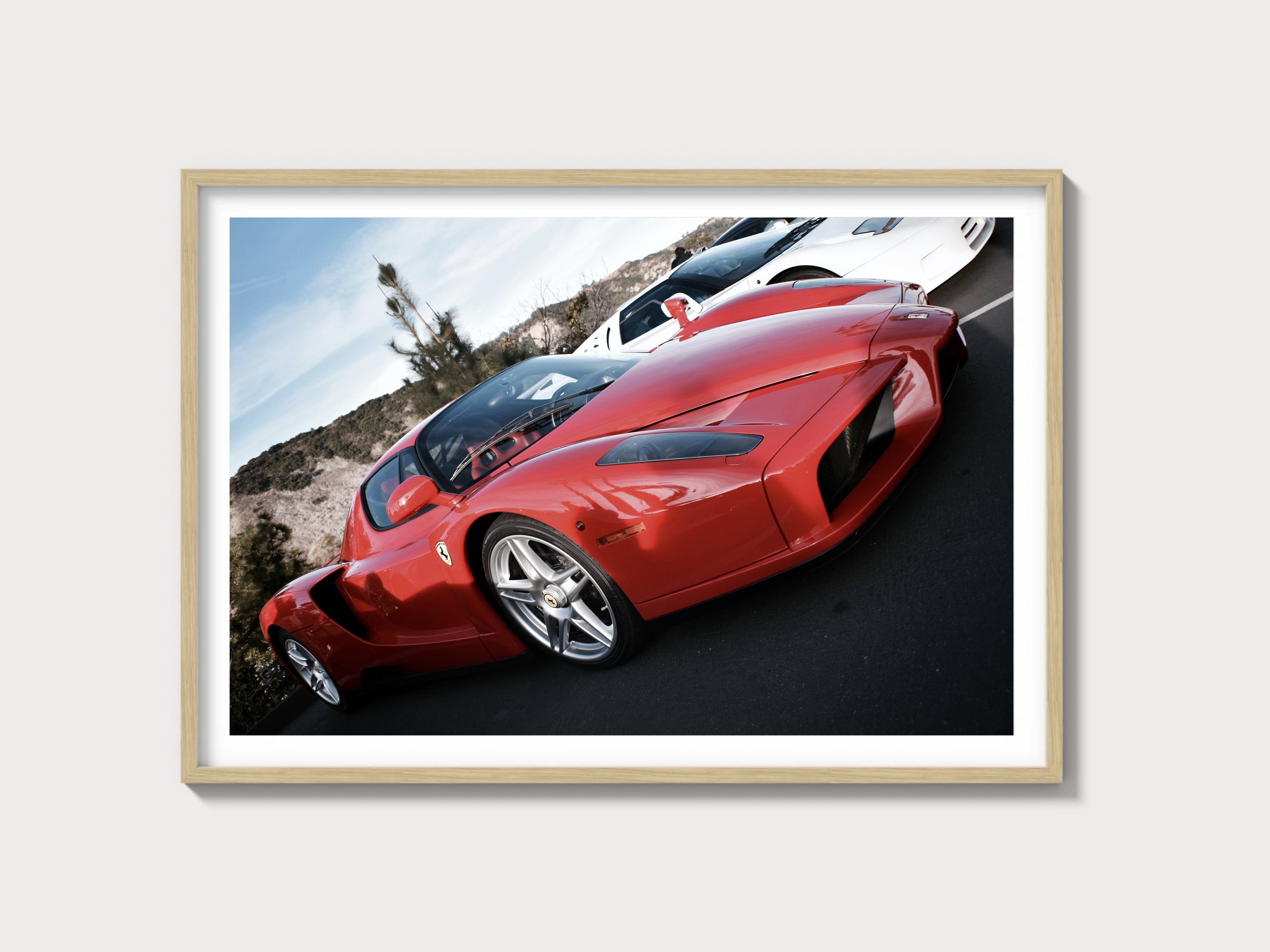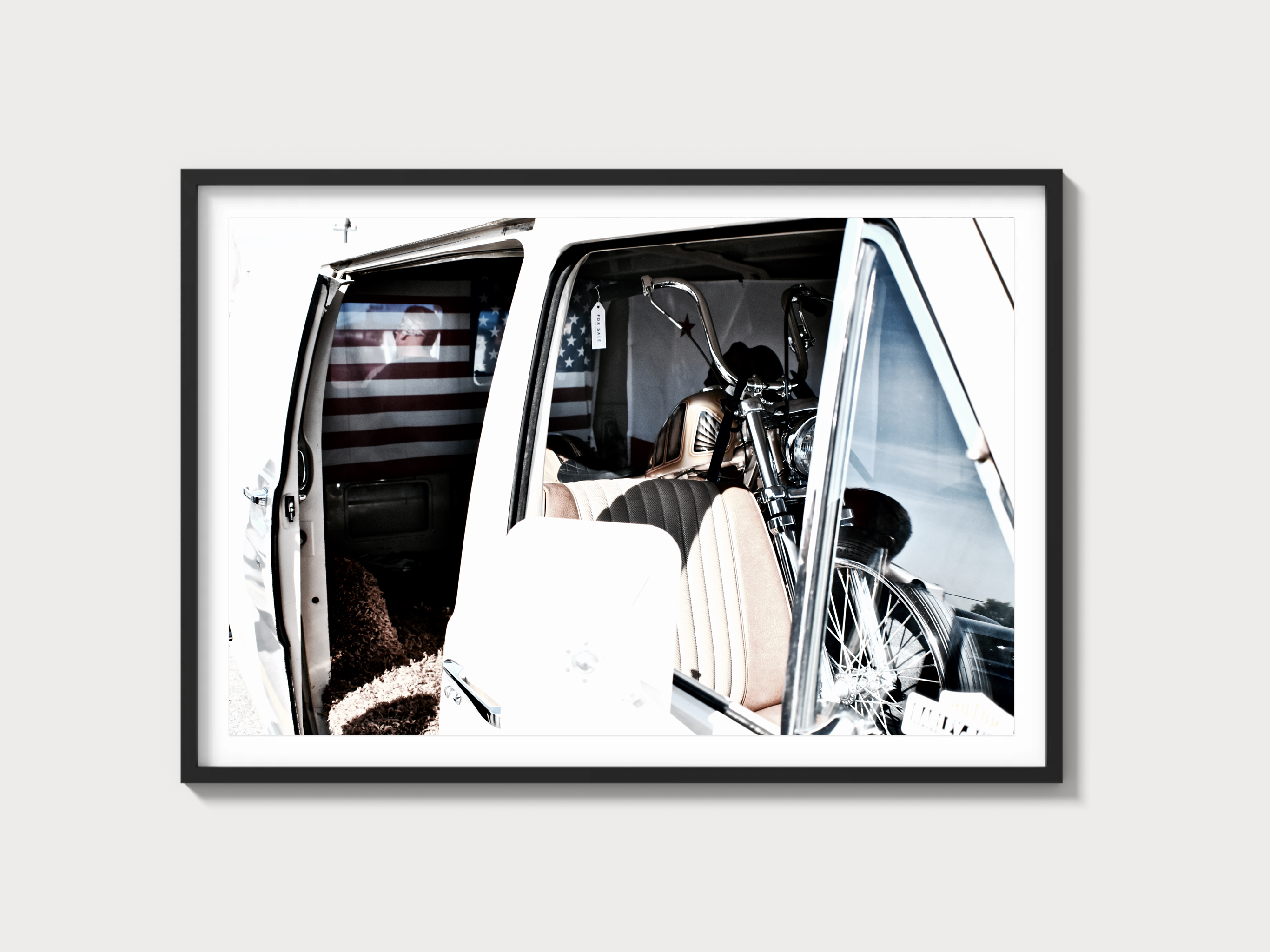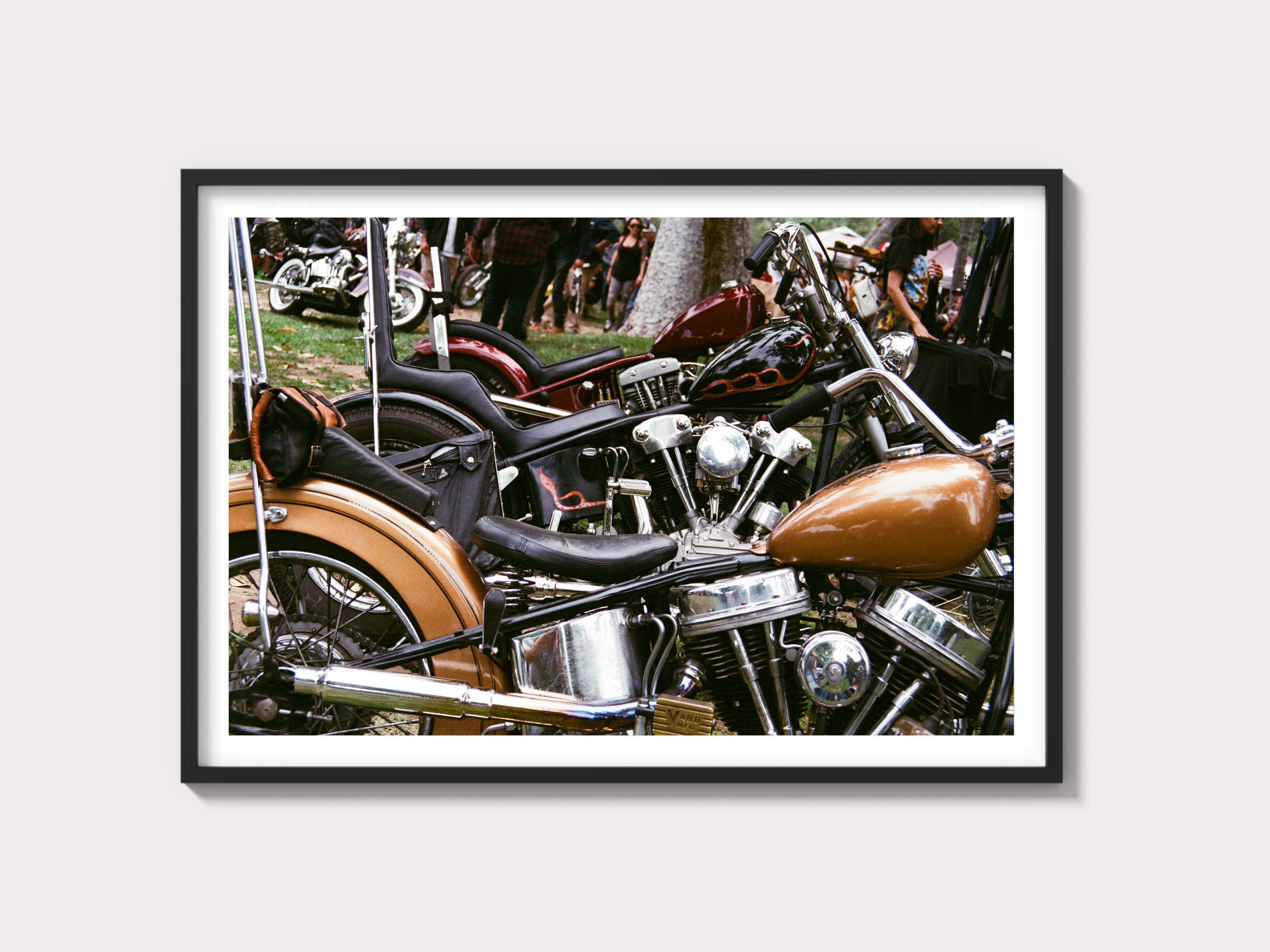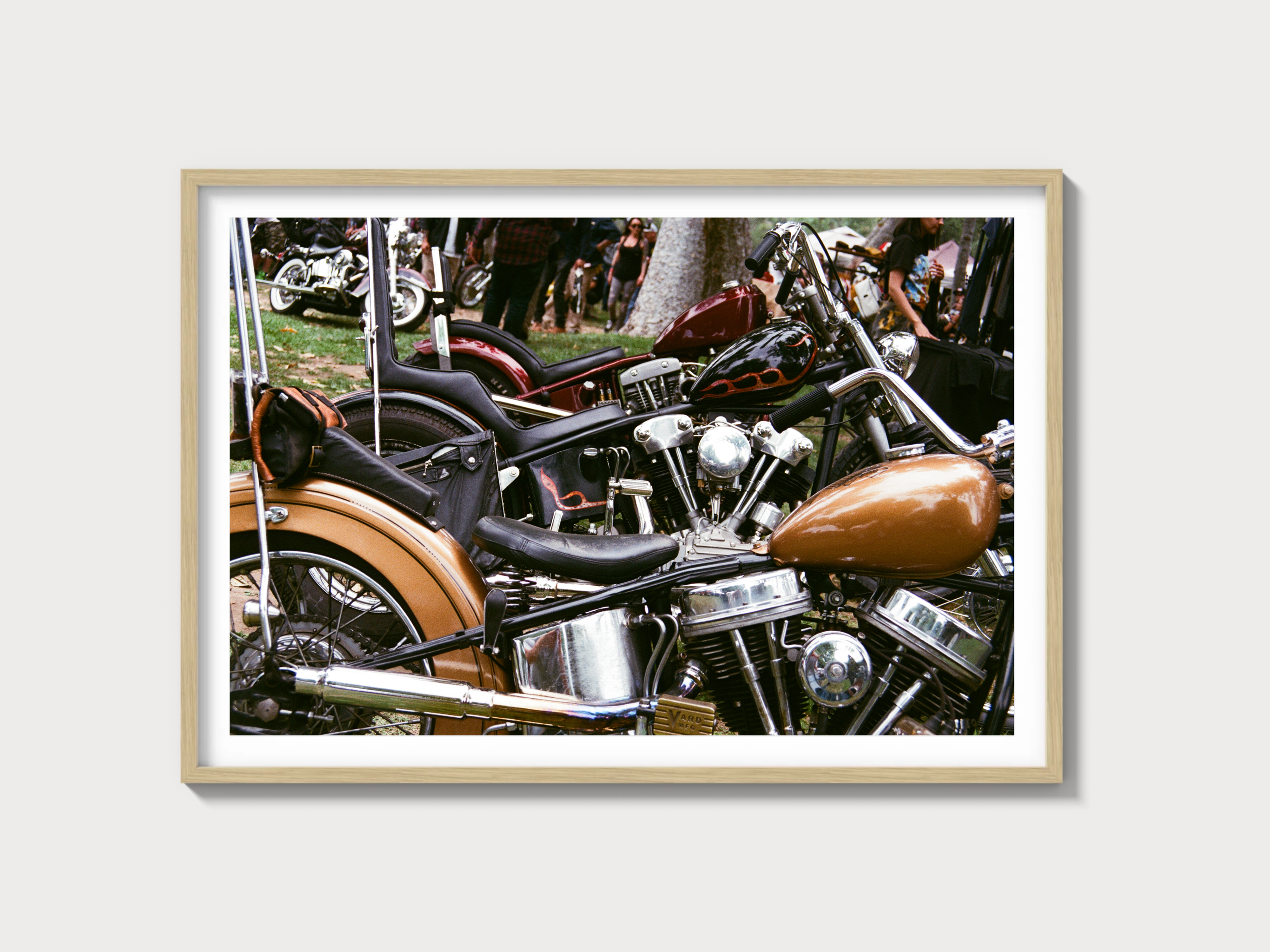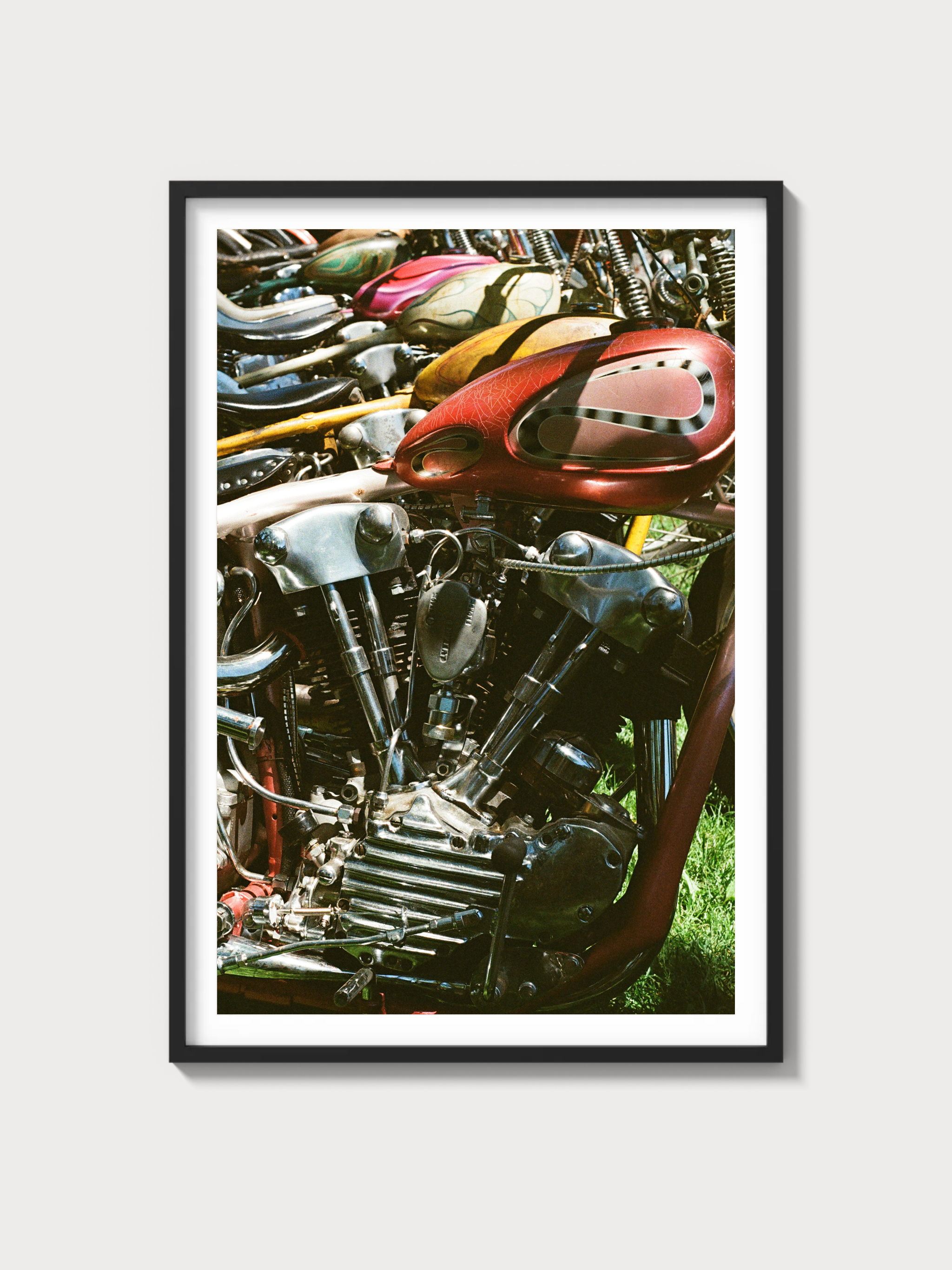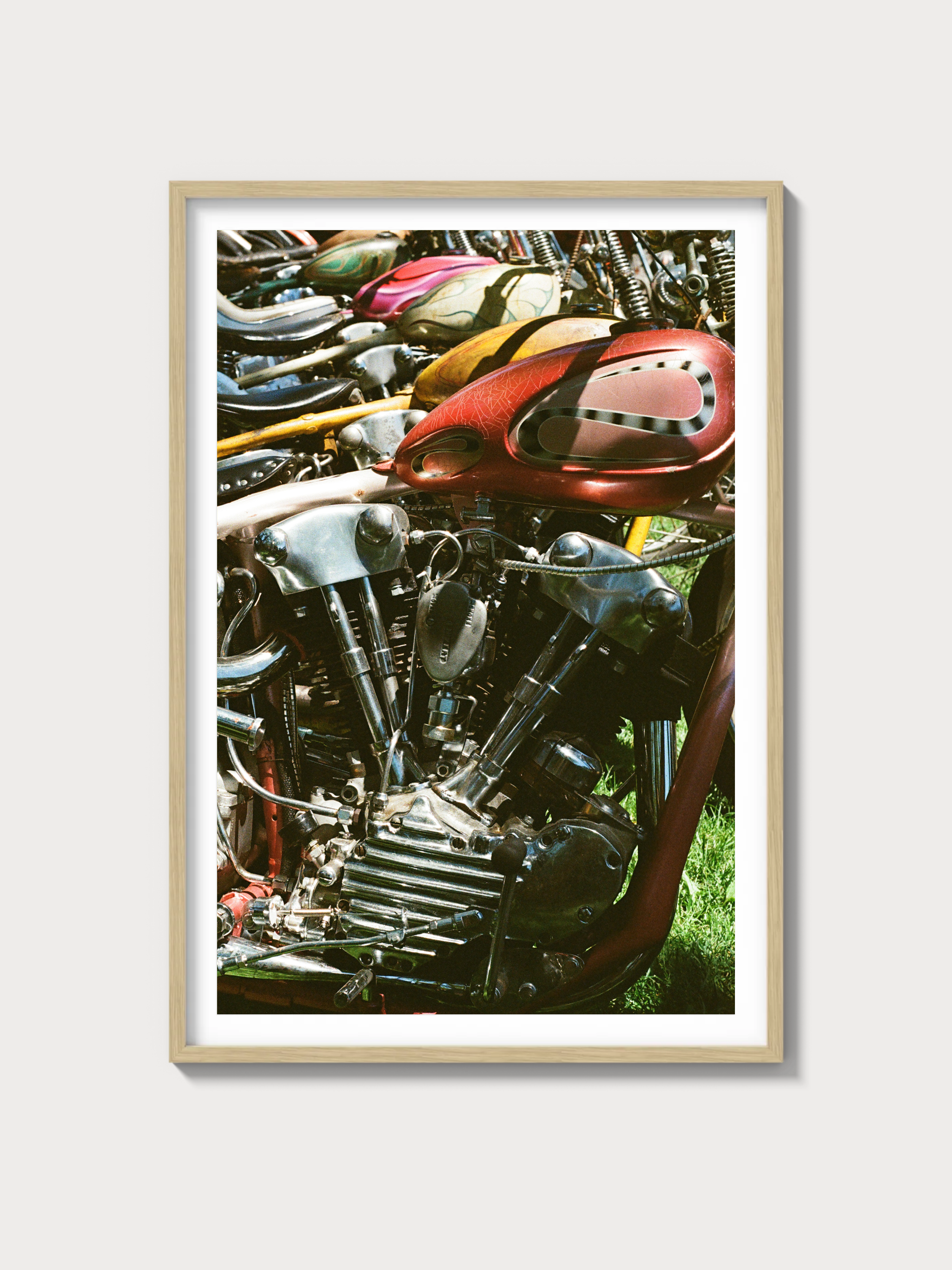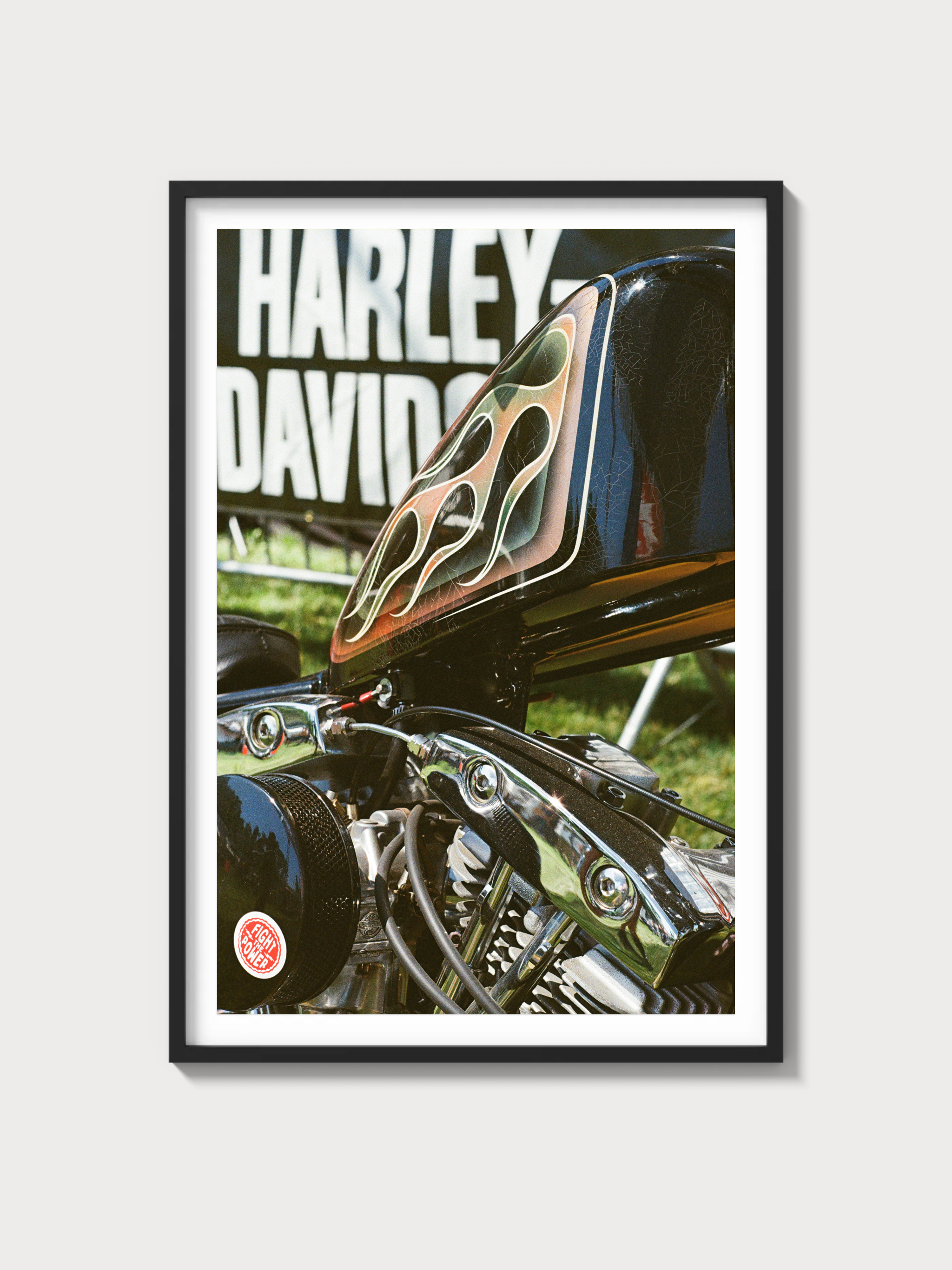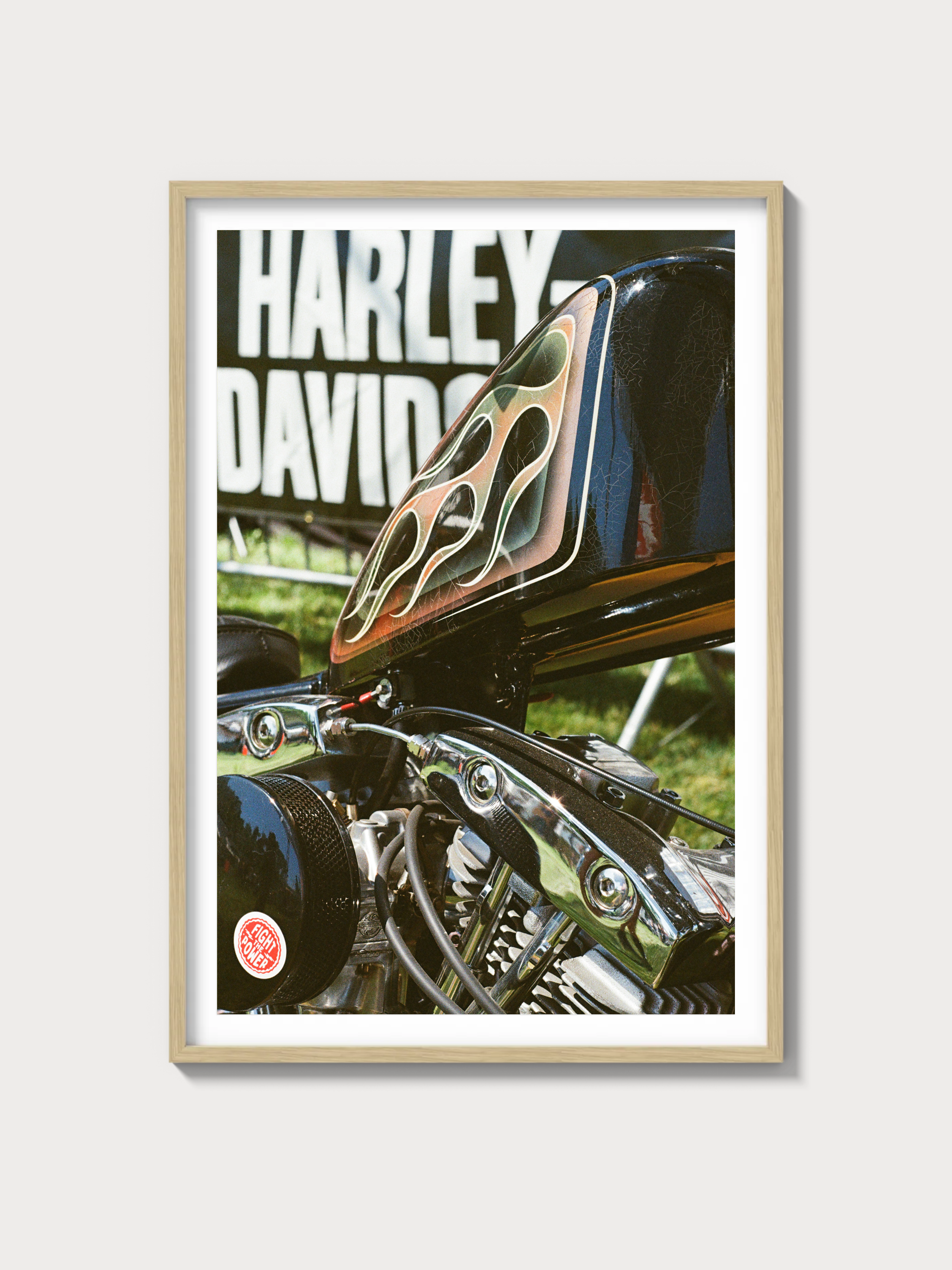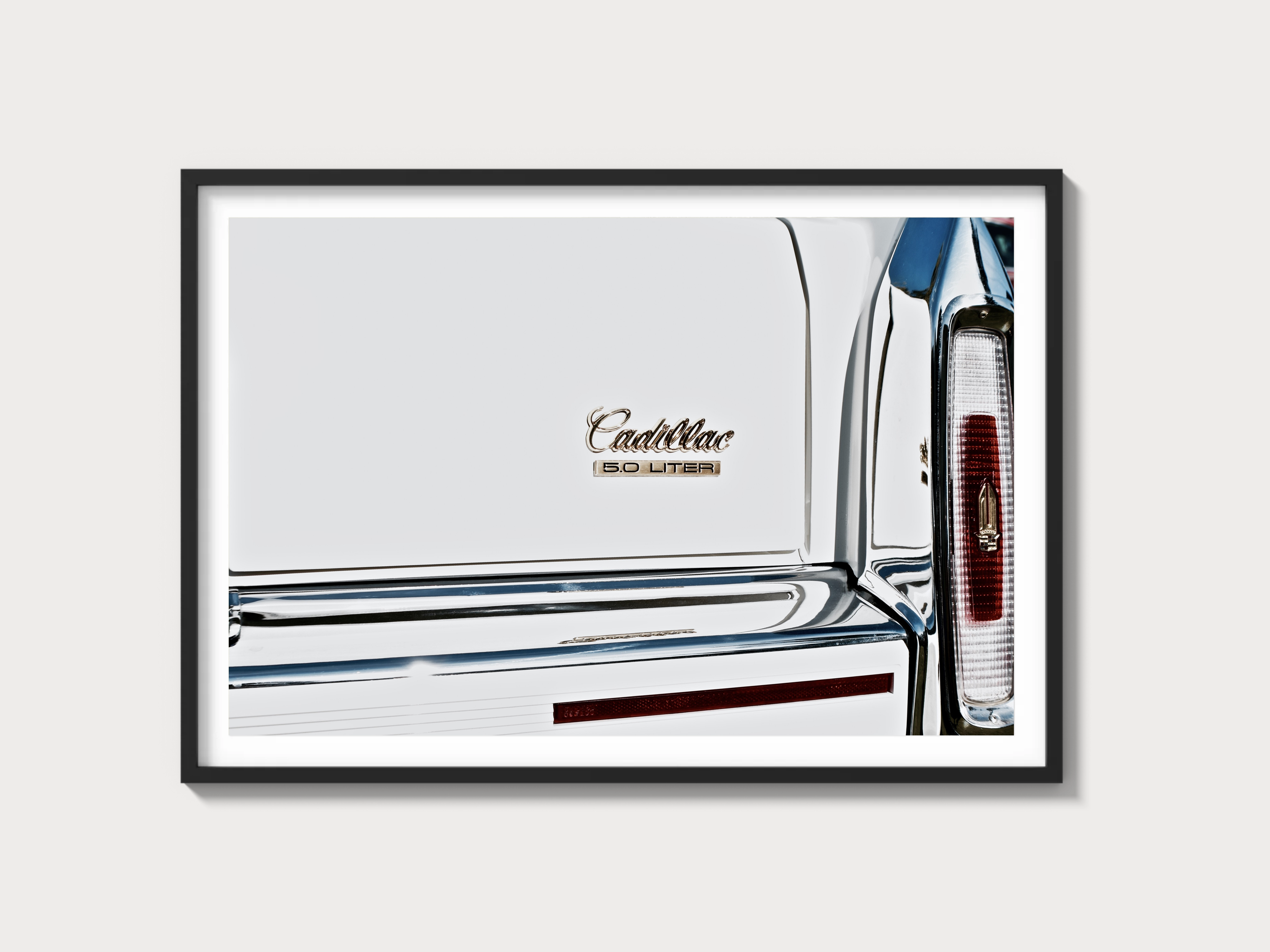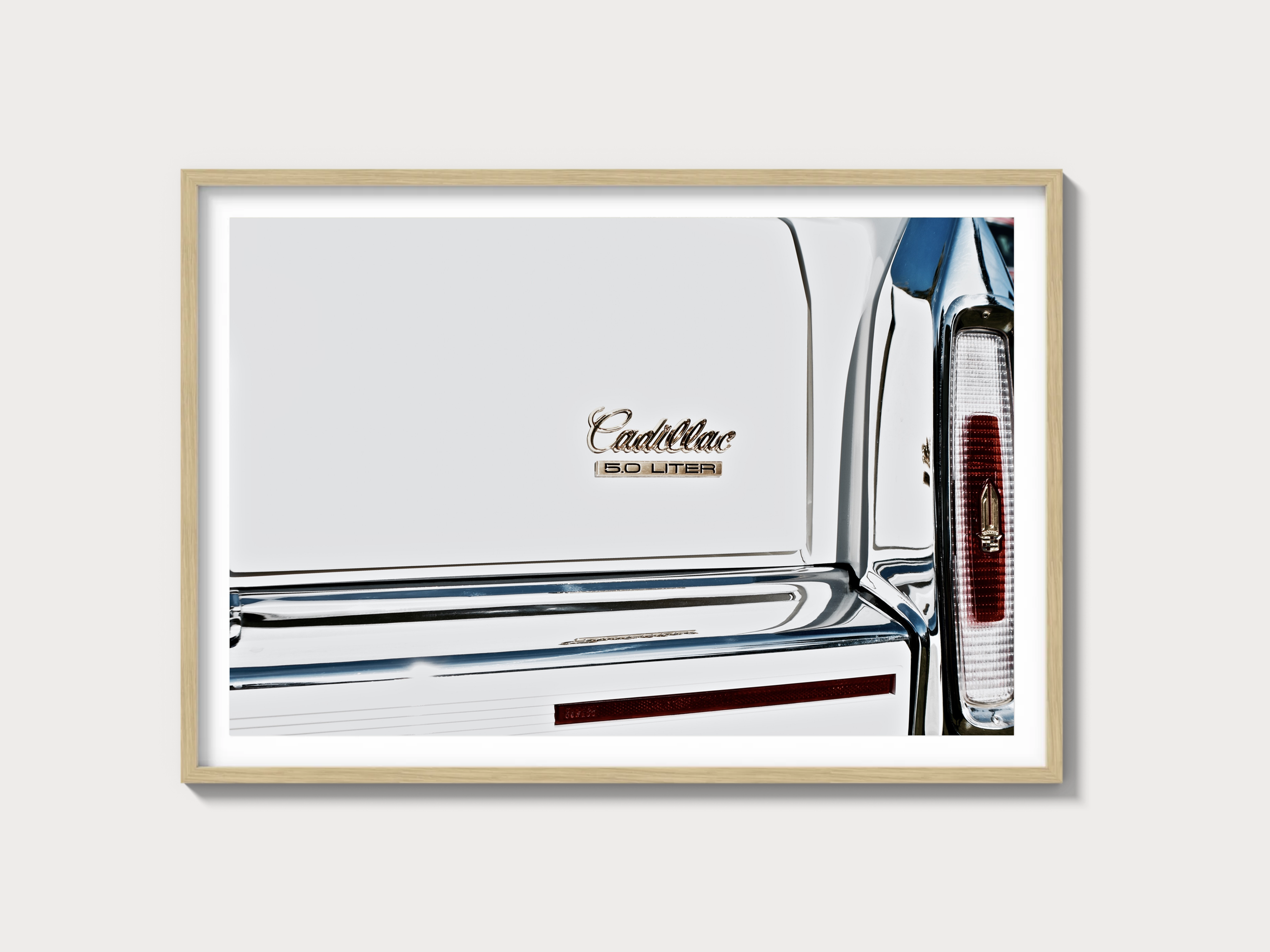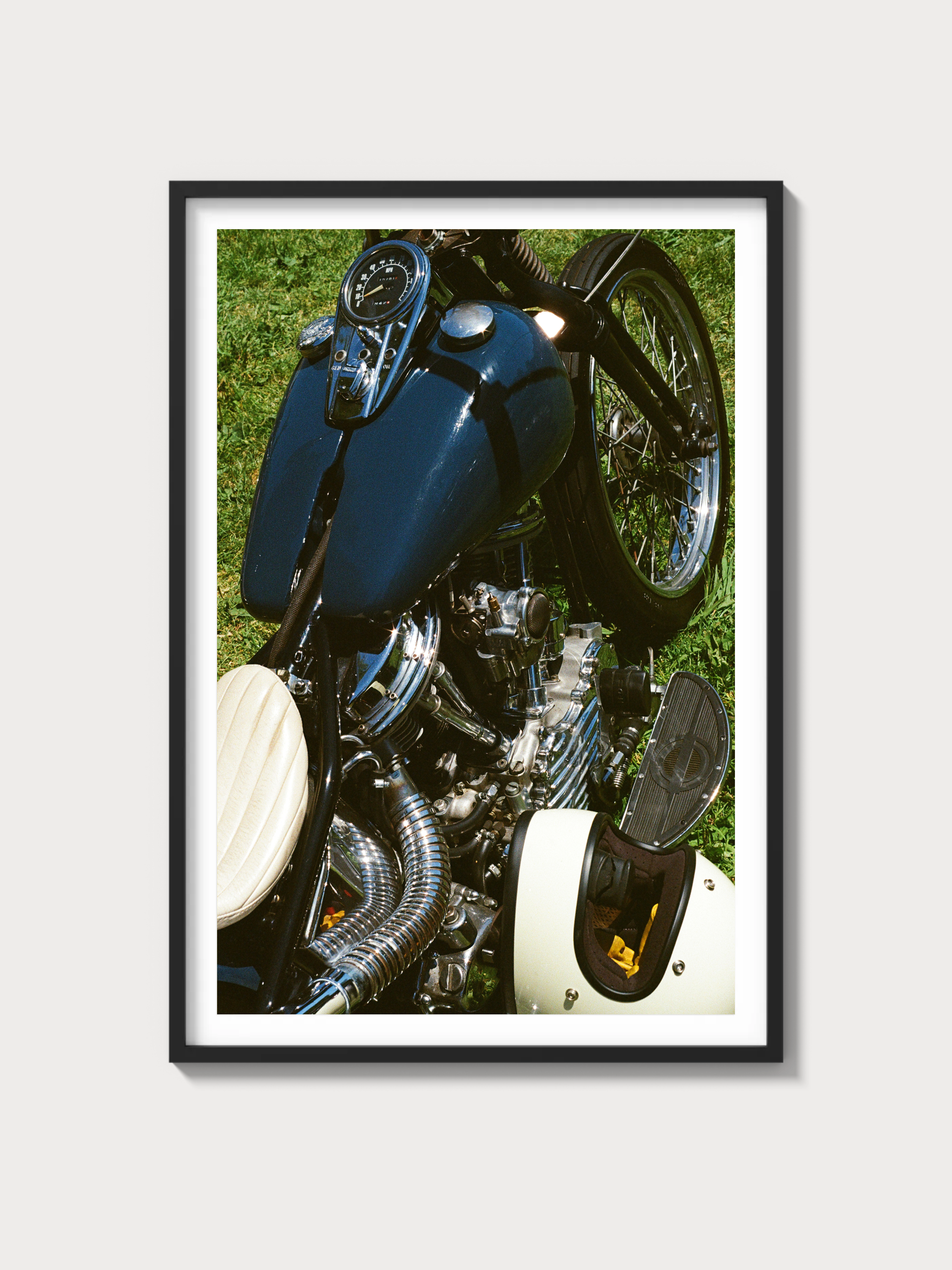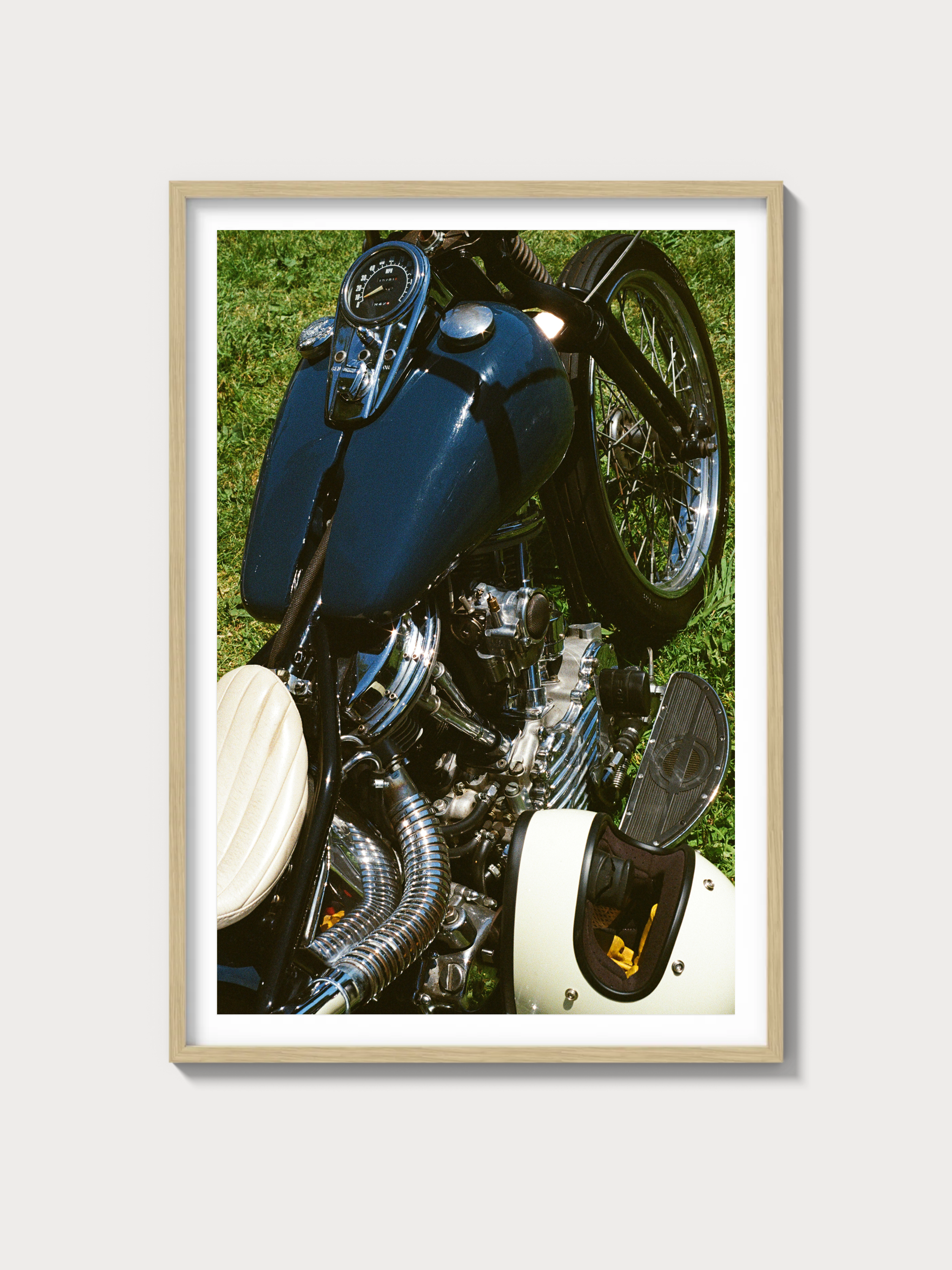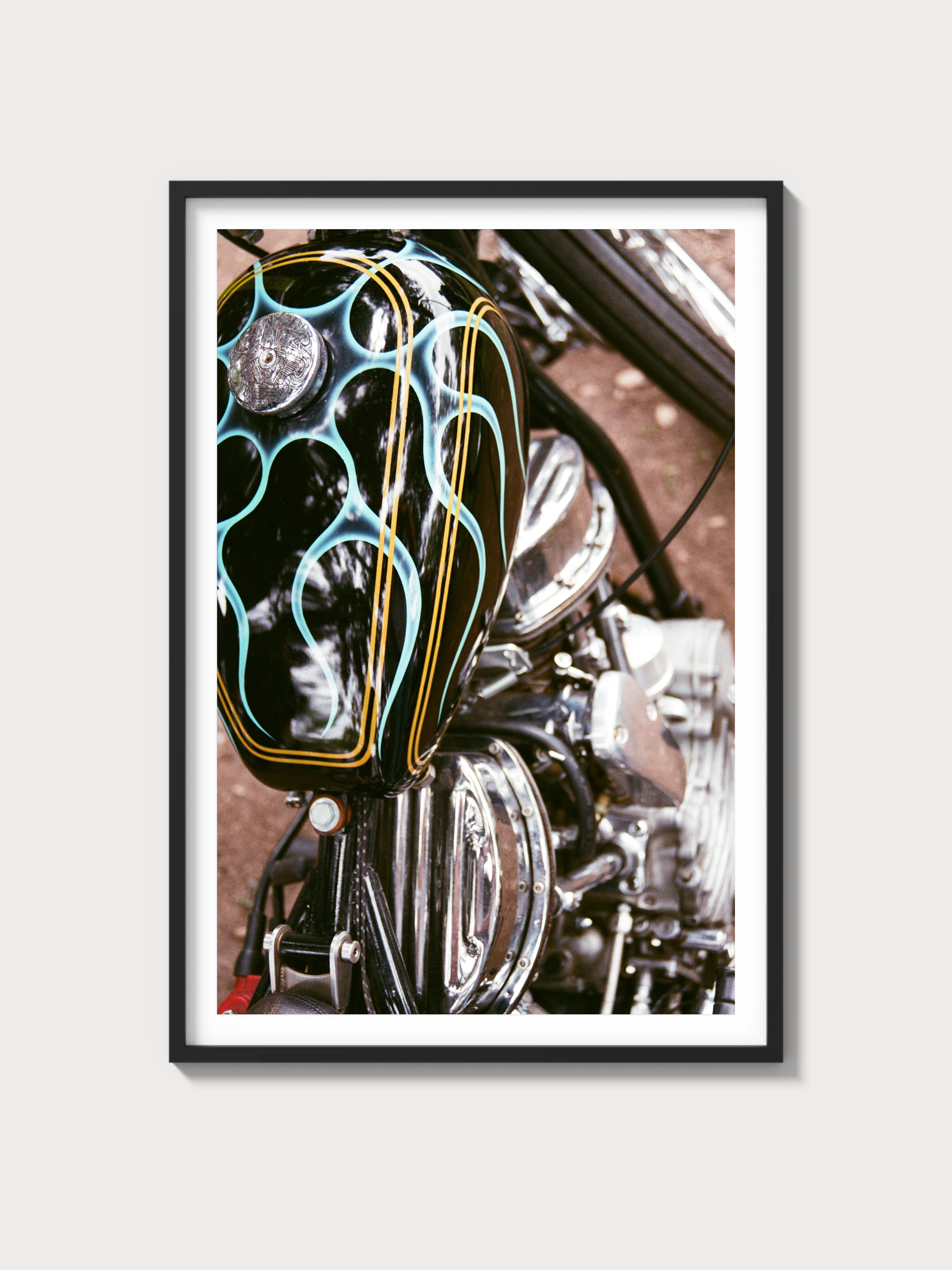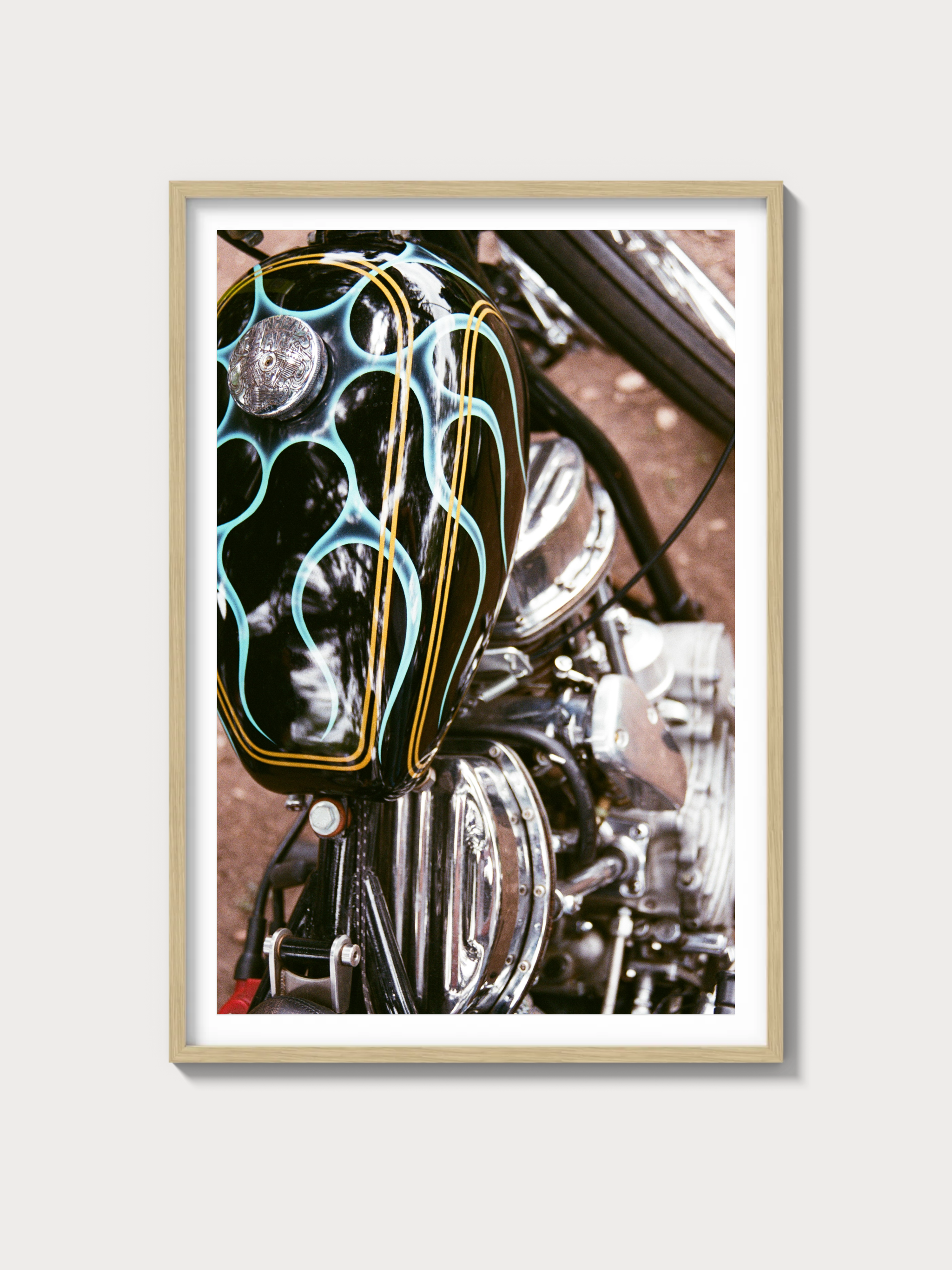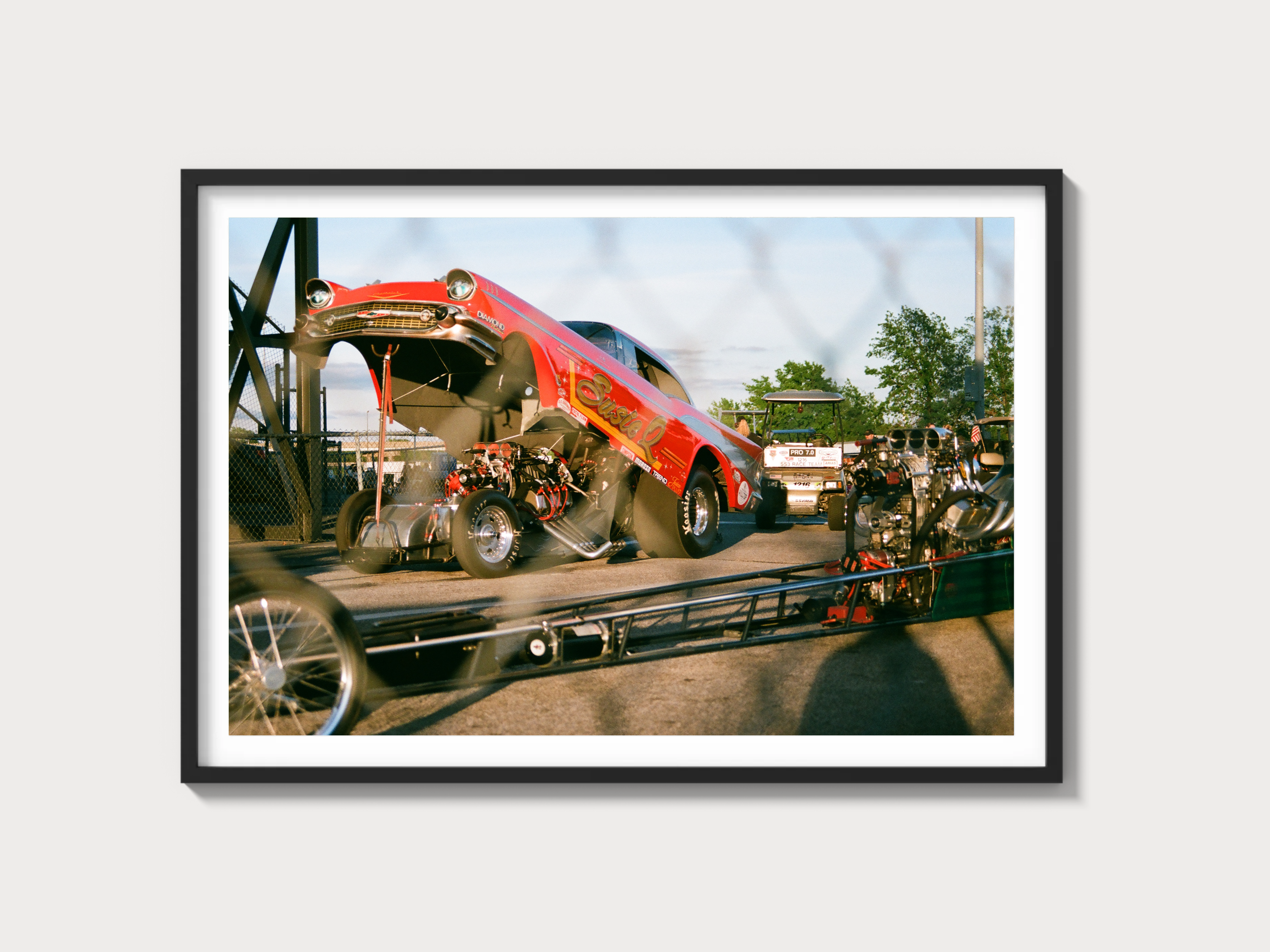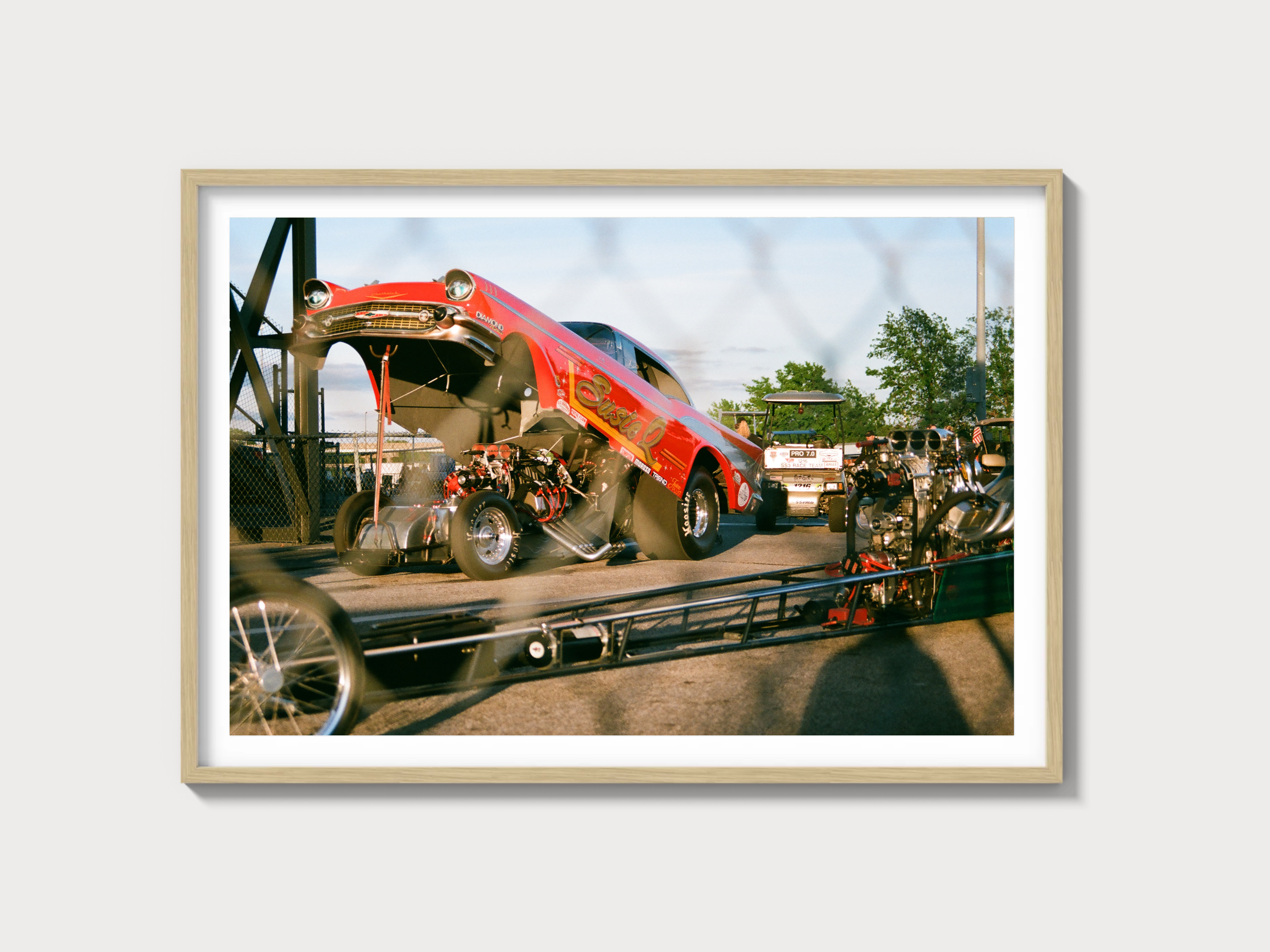1969 Chevrolet Camaro COPO: The First-Gen Heavy-Hitter That Bent the Rulebook
Historical context and development background
Chevrolet’s 1969 Camaro COPO story is a classic case of Detroit’s clandestine ingenuity in the muscle era. General Motors maintained a corporate displacement policy that effectively barred engines over 400 cubic inches from appearing in the Camaro on the regular order sheet. Chevrolet’s engineers and a network of performance-minded dealers navigated around that constraint using the Central Office Production Order (COPO) system—normally a back door for fleet paint codes and taxi equipment—to create the ultimate factory hot rods.
The two headline COPOs were 9561 and 9560. COPO 9561 installed the L72 427-cubic-inch iron big-block, a solid-lifter, high-compression engine nominally rated at 425 hp. COPO 9560 took the concept further with the ZL1, an all-aluminum 427 born from Chevrolet’s racing programs and officially rated at 430 hp. Fred Gibb Chevrolet initiated the ZL1 run to satisfy drag racing homologation requirements, while Chevrolet’s performance chief Vince Piggins provided the internal know-how to make it happen. The majority of 9561 cars went to a constellation of performance dealers, notably Yenko, which added its own branding and the complementary COPO 9737 Sports Car Conversion package (15-inch wheels, 140-mph speedometer, and a larger front anti-roll bar).
In the motorsport landscape, the COPO Camaros were aimed squarely at NHRA Super Stock categories. Their competitive set ranged from Ford’s big-gun homologation Boss 429 to Chrysler’s street-Hemi intermediates. Where the Z/28 was Chevrolet’s Trans-Am homologation special, the COPO cars were the big-stick drag-strip weapons—delivered with the subtlety of a base-trim Camaro shell and very immoderate mechanicals.
Engine and technical specifications
The L72 is an unapologetically old-school, big-port Mark IV big-block: forged internals, mechanical cam, high compression, and a big Holley carb atop a high-rise aluminum intake. The ZL1 mirrored the L88/ZL1 race program architecture in aluminum form, trimming substantial mass off the nose.
| Field | Specification |
|---|---|
| Engine configuration | 90° OHV V8, solid lifter valvetrain (Mark IV big-block) |
| Displacement | 427 cu in (7.0 L) |
| Horsepower (gross) | 425 hp @ 5,600 rpm (factory rating) |
| Torque (gross) | 460 lb-ft @ 4,000 rpm (factory rating) |
| Induction type | Naturally aspirated, 4-bbl Holley carburetor on aluminum intake |
| Redline | ~6,000 rpm (solid-lifter L72) |
| Fuel system | Holley 780 cfm 4-bbl; mechanical fuel pump |
| Compression ratio | 11.0:1 |
| Bore x stroke | 4.25 in x 3.76 in (108.0 mm x 95.3 mm) |
| Exhaust | Cast-iron manifolds; dual exhaust with low restriction mufflers |
| Cooling | Heavy-duty radiator and fan (COPO-specific heavy-duty cooling) |
| Notes | COPO 9560 ZL1 substituted an all-aluminum 427 with similar architecture and a factory 430 hp gross rating while reducing front-end mass substantially. |
Driving experience and handling dynamics
In period, an L72 or ZL1 Camaro felt entirely different from a small-block Z/28. There’s massive, immediate thrust from low rpm, followed by a ferocious midrange that sweeps past the 5,000 rpm mark with old-school mechanical clarity. The solid-lifter cam asks for disciplined valve-lash maintenance, but rewards with accurate throttle response—crisp off-idle and insistent at half-throttle, with a fat power band that pairs well to the close-ratio Muncie four-speeds (M21/M22) or the stout TH400 automatic.
Front-end weight is the defining dynamic trait of an iron 427 car. Chevrolet mitigated it with stiffer springs, heavy-duty shocks, and a thicker front anti-roll bar (and with COPO 9737, larger wheels and a 140‑mph speedometer). The chassis is an honest, period F-body: a short/long arm (SLA) front end with a Hotchkiss leaf-spring rear axle. With bias-ply tires and aggressive 4.10:1 gearing, traction is the limiting factor on the street. The ZL1’s aluminum block takes a meaningful bite out of nose weight, sharpening initial turn-in and easing brake work, but even the L72 transitions predictably once the rear tires are hooked. Steering is recirculating ball and communicates in that heavy, period-correct way—slower off-center than a contemporary European GT, but reassuring once loaded.
Brakes were typically power-assisted front discs with rear drums. The rare JL8 four-wheel disc option—shared with the Corvette’s four-piston hardware—gives a marked improvement in pedal feel and fade resistance, though very few COPOs received it. Heat management matters: sustained hard use without upgraded linings will reveal the limits of the standard drums.
Full performance specifications
| Metric | Specification |
|---|---|
| 0–60 mph | Approximately 5.3–5.8 seconds (stock L72 on bias-ply tires; gear- and traction-dependent) |
| Quarter-mile | Approximately 13.3–13.7 sec @ 103–108 mph (stock L72); ZL1 cars often quicker with tuning |
| Top speed | ~130+ mph, limited by axle ratio/aero; 140‑mph speedometer with COPO 9737 |
| Curb weight | ~3,650–3,800 lb (L72); ~3,400–3,500 lb (ZL1) |
| Layout | Front-engine, rear-wheel drive (F-body) |
| Front brakes | Power-assisted discs (single-piston), JL8 four-piston discs optional and rare |
| Rear brakes | Drums (JL8 four-wheel discs rare) |
| Front suspension | SLA (double wishbone), coil springs, anti-roll bar |
| Rear suspension | Hotchkiss live axle, multi-leaf springs, traction influenced by axle ratio and tires |
| Gearbox | Muncie M21/M22 4-speed manual or Turbo-Hydramatic TH400 3-speed automatic |
| Rear axle | 12-bolt Positraction with heavy-duty components; common COPO fitment included 4.10:1 ratio and heat-treated parts ("BE" code axle associations are documented) |
Variant breakdown
| Variant / Package | Approx. production | Key features | Notes |
|---|---|---|---|
| COPO 9561 (L72 427) | ~1,015 units | 425 hp L72 iron 427; heavy-duty cooling; 12-bolt Posi (commonly 4.10); Muncie 4-speed or TH400; sleeper exterior (often base-trim X44/X66) | Core COPO run; basis for multiple dealer supercars |
| COPO 9560 (ZL1 427) | 69 units | All-aluminum 427; factory-rated 430 hp; significant nose-weight reduction; built primarily for NHRA Super Stock | Initial batch ordered by Fred Gibb Chevrolet; subsequent cars distributed to other dealers |
| COPO 9737 (Sports Car Conversion) | Applied to a subset of 9561 cars | 15x7-inch wheels/tires, 140‑mph speedometer, larger front anti-roll bar | Frequently seen on Yenko Camaro builds |
| Yenko Super Camaro (dealer-converted 9561/9737) | 201 cars (1969) | Distinct stripes and badges, "sYc" headrests, optional ZL2 cowl-induction hood; tuned and warrantied by Yenko | Built from COPO 9561 base cars; sold through the Yenko dealer network |
Ownership notes: maintenance, parts, and restoration
- Engine care: The L72’s solid-lifter valvetrain requires periodic lash checks. Expect regular attention to ignition points, dwell, and timing. High compression favors premium fuel; many restorations incorporate hardened valve seats.
- Cooling and lubrication: Heavy-duty cooling was factory-fit, but sustained stop-and-go or track heat requires careful shroud, fan, and radiator health. Frequent oil changes and zinc/phosphorus-rich lubricants are common practice with flat-tappet cams.
- Driveline durability: The 12-bolt differential is robust; look for evidence of correct heavy-duty internals and proper axle code stampings during inspections. Aggressive launches can stress U-joints and leaf-spring bushings; axle tramp mitigation is wise.
- Brakes and suspension: Verify front disc hardware condition; JL8 cars require correct four-piston calipers and specific rotors (rare and valuable). Quality linings and fresh hoses transform pedal consistency.
- Parts availability: Sheetmetal, trim, and wear items are widely reproduced. Correct COPO-specific pieces—JL8 parts, ZL2 ducted hood items, certain date-coded components—command strong premiums.
- Restoration difficulty: Body and chassis follow standard first-gen Camaro practice. Authentic COPO documentation, correct drivetrain stampings, and proper finishes are the real challenge for concours-level cars.
- Service cadence: Oil every few thousand miles; valve lash checks at sensible intervals; periodic carburetor and ignition tuning ensure crisp drivability.
Cultural relevance, market standing, and legacy
COPO Camaros became instant folklore: austere base-model looks masking supercar performance. They anchored NHRA Super Stock grids, with noted tuners and drivers campaigning both L72 and ZL1 combinations. Dealer-built specials—foremost Yenko—cemented the image with unmistakable stripes and period advertising bravado. Screen time and magazine covers followed; the Yenko-branded cars in particular became pop-culture staples.
Collector desirability has remained intense. The ZL1’s run of 69 cars, combined with its racing pedigree and unique aluminum block, places it in the top rank of American muscle. Well-documented L72 COPOs with original drivetrains and verified provenance routinely command significant premiums, while the best ZL1s have achieved seven-figure results at auction. Originality, documentation, and correct options (JL8 brakes, ZL2 ducted hood, 9737 equipment) heavily influence value.
How to identify a real COPO Camaro
- Documentation: Factory paperwork and dealer invoices referencing COPO 9561/9560; shipping data reports that trace delivery to known COPO dealers.
- Drivetrain stampings: Date-correct block, head, and gearbox stampings; correct 12-bolt axle codes (notably heavy-duty COPO-associated codes).
- Configuration clues: Many COPOs were built without SS badging and often with base interior trims (X44/X66). ZL2 cowl-induction hood and spoilers were optional, not guaranteed.
- Equipment tells: 140‑mph speedometer and 15-inch wheels indicate 9737; JL8 brakes are exceedingly rare and must be scrutinized for correctness.
FAQs
How many 1969 Camaro COPOs were built?
COPO 9561 (L72) totals are widely documented at roughly 1,015 units. The COPO 9560 ZL1 run comprised 69 cars.
What’s the difference between COPO 9561 and 9560?
COPO 9561 used the iron-block L72 427 rated at 425 hp; COPO 9560 used the all-aluminum ZL1 427 rated at 430 hp. The ZL1 cut significant nose weight and was aimed squarely at drag racing homologation.
How quick were stock COPO Camaros in period?
Contemporary performance figures for L72 cars typically fall in the mid‑13‑second quarter-mile range on factory tires, with 0–60 mph in the mid‑5s. ZL1 cars, properly tuned, could run quicker.
Did all COPOs have 4-wheel disc brakes?
No. Most cars had front discs and rear drums. The JL8 four-wheel disc option was rare across all 1969 Camaros and appears on only a small number of COPOs.
What rear axle ratios were common?
4.10:1 Positraction is commonly associated with COPO 9561 cars, though other ratios existed. The heavy-duty 12-bolt with strengthened internals was part of the package.
How do Yenko Camaros relate to COPO?
Most 1969 Yenko Super Camaros were built from COPO 9561 cars, frequently with the 9737 Sports Car Conversion. Yenko added branding, tuning, and dealer-backed warranty support.
Are parts and service difficult for an L72/ZL1?
Routine wear items are straightforward for the L72. Correct COPO-specific and ZL1 components are scarce and expensive; aluminum ZL1 engine parts are in a different realm of rarity and cost.
What are known issues to watch for?
Heat management (cooling and brakes) during hard use, axle tramp with aggressive launches, and the maintenance needs of a solid-lifter valvetrain. Authenticity concerns—restamps and recreated paperwork—require expert scrutiny when buying.




